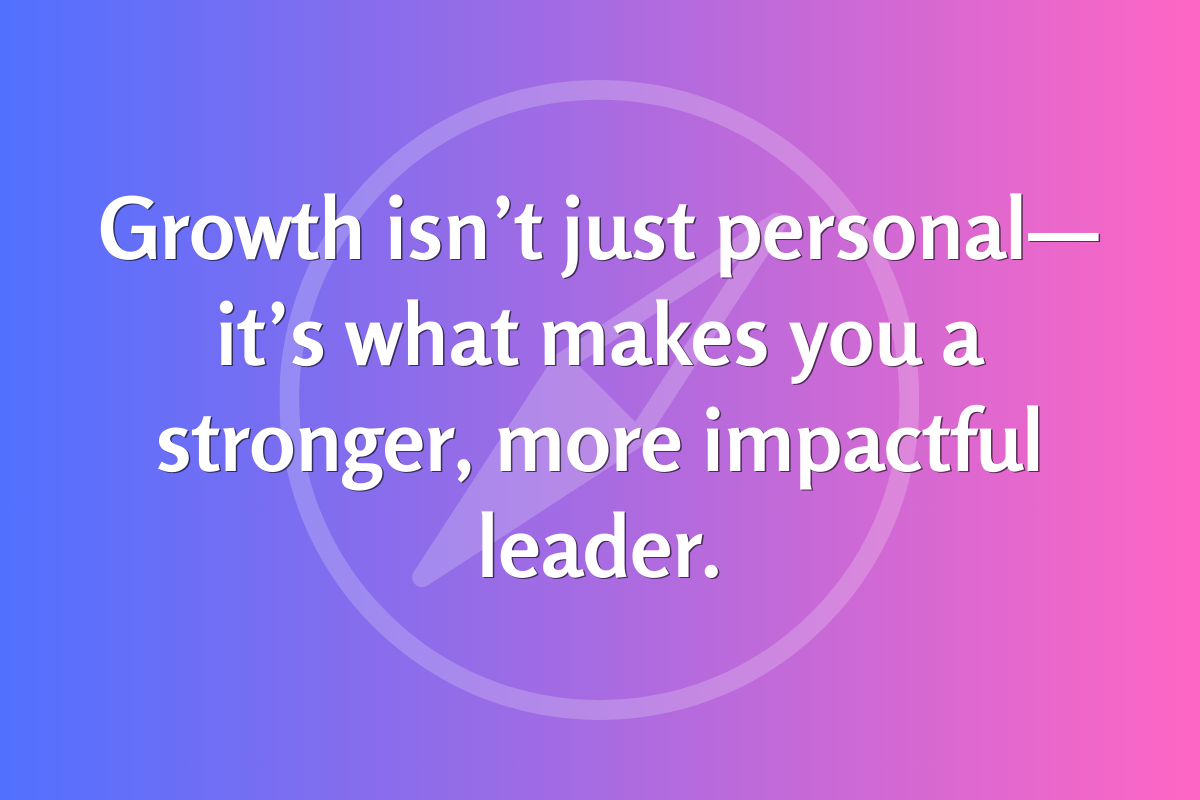When You're Stuck Between Two Difficult Choices, How Do You Decide?

A Personal Evolution Process (PEP) to help you make the most emotionally aligned decision around a difficult situation.
One of my clients was lamenting the fact that they kept choosing their social life over their work commitments. With the reduction of some COVID-19 restrictions in Ontario, and the fact that it was summer and the weather was gorgeous, all they wanted to do was to ditch work and go sailing, hang out with friends, or go camping for a long weekend. Can you blame them?
Listen to this week’s Think Queerly Podcast episode for a more in-depth discussion.
The challenge they were facing as a self-employed entrepreneur was that they were giving up too much of their planned work commitments to have fun. They weren’t meeting targets they had set for themselves, both financially and regarding how they wanted to grow in their industry. They wanted to know how they could make a choice that they would feel good about. How could they enjoy what was left of the summer, enjoy their personal freedom, but also accomplish their still-very-important business and financial goals?
Making these kinds of choices is never a simple binary yes or no type of question.
Perhaps it can be, but if it were simple, there wouldn’t be any regret or longing about not having made the other decision. The reason for this challenge is that there are many factors involved in the decision, including one’s values, beliefs, emotional needs, purpose, and goals.
When you are faced with the choice between two significant polarities in life and don’t know how to decide which one is the best one, try today’s Personal Evolution Process. It will help you to get clarity and certainty about what’s most important and meaningful to you about both options, and then choose the one that provides the most emotional alignment. In other words, when you can connect your choice with your emotional intentions, you are most likely to feel best about the choice and remain committed to it.
A final thought: This process is not meant for the “simple” yes or no choices in life. Should you buy a bottle of red or white wine to take over to your friend’s place for dinner shouldn’t be so complicated. Instead, the power of this Personal Evolution Process is revealed in breaking down two big, opposing, challenging or difficult choices that you are struggling with and are holding you back.
To give this Personal Evolution Process life, I’m going to use the example of having to make a choice between having fun with your friends on a beautiful summer’s day or keeping your work commitments.
To make this entirely fictional scenario make more sense, imagine that the person who needs to make this important decision has been failing to make their work commitments for most of the summer. It has come to a point where they are concerned about their finances, but they are also conflicted about how much time having fun is too much time.
Let’s Get Started!
Step 1: Define
- Write a brief description of the situation you find yourself in, how you got to this point and the decision with which you are now confronted.
- Ask yourself, "What's most important to me relating to each of these polar opposite choices?" In other words, what’s most important, meaningful, or valuable to you about these polar opposites?
- Next, imagine that you made your choice between the two options. Describe how making that choice makes you feel. Describe the emotion or feeling that your choice satisfies within you.
- Now, imagine the opposite choice. You have chosen the other option. Describe how making that choice makes you feel. Describe the emotion or feeling that your choice satisfies within you. The Way of Human Heartedness with Darren Stehle is a reader-supported publication. To receive new posts and support my work, consider becoming a free or paid subscriber.
Step 2: Refine
- Review your answers to questions 3 and 4 in Step 1. Which choice feels the most important to you?
- Ask yourself, "What is the benefit of committing to that choice?"
- Ask, "What are the consequences of NOT making that choice?"
- Lastly, ask yourself, "If I don't make that choice, will I seriously compromise my peace of mind, happiness, or freedom in any way that I might regret in the future?”
Step 3: Align
- Based on your decision in Step 2, what is the core feeling or emotion aligned with your choice?
- Describe how making that choice gives you peace of mind, happiness, and freedom.
- What can you do, or say to yourself or others that will make it easy to commit to your decision?
- Complete this sentence stem so that it is benefit-oriented and combines your answers from the previous questions. For example, “I commit to (my decision) because it will make me feel… (your answer)”
Let’s work through this process with an example.
Step 1: Define
- Write a brief description of the situation you find yourself in, how you got to this point and the decision with which you are now confronted.
I want to go out with my friends and enjoy the summer. But I also want to stay committed to my business goals and obligations to achieve my financial goals. I’ve been prioritizing a lot of long weekends and connecting with friends for social events during the week, which makes me feel great and free. However, I’m falling behind in my work, and I am doing important tasks often at the last minute.
- Ask yourself, "What's most important to me relating to each of these polar opposite choices?" In other words, what’s most important, meaningful, or valuable to you about these polar opposites?
Well, obviously, I want to find a better balance so that I can get my work tasks done and then have fun with my friends without feeling guilty about it. Summer is short, so I want to prioritize being outdoors and working less. I love to have fun, be in nature, and connect with my friends. I also want to create greater financial security so that I can have more playtime! Not only that, but I have been choosing fun over work — out of habit. To change that, I want to create a new habit of booking both my work commitments and fun "commitments" in my calendar. If I can see that I have a schedule for both things I want to accomplish, I think I'll be more ready to get my work done as per my schedule, knowing that my social time is planned. Having a plan allows me to let my friends know when I'm available, especially if they call out of the blue.
- Next, imagine that you made your choice between the two options. Describe how making that choice makes you feel. Describe the emotion or feeling that your choice satisfies within you.
If I chose to prioritize enjoying the summer and doing less work, I’d feel free and at ease without any obligations to be stuck inside, wishing I were outside. I could do what I want when I want.
- Now, imagine the opposite choice. You have chosen the other option. Describe how making that choice makes you feel. Describe the emotion or feeling that your choice satisfies within you.
It's my life, but if I don't plan both my work and my fun time, I won't be able to manage my freedom. With a plan, I will have certainty and flexibility. When I look at my calendar, I will have peace of mind knowing that I have a start and end time for working. I'm free to change this if I want, but I'm giving myself the freedom I want by planning for both work and play. I won't feel restricted or limited if I get invited to do something when I know I'm working to have more of the freedom I want in life. If I don't meet at least my minimum work commitments, then I jeopardize my freedom. Having a set calendar that I stick to makes me feel more in control and content with my choices.
Step 2: Refine
- Review your answers to questions 3 and 4 in Step 1. Which choice feels the most important to you?
Making the choice to commit to my work first, and having a work plan/schedule for what I need to do, allows me to let my friends know when I'm available. Like when I’m done work for the day, especially if they call out of the blue."
- Ask yourself, "What are the benefits of committing to that choice?"
A work/play plan will make me feel in control, instead of feeling that I need to do what my friends want. When I incorporate both work and fun into my plan, then I'm not losing out. I get to see that I have both on the calendar! Instead, I'm simply making a choice and being able to do both things but making sure I find a fair balance between the two.
- Ask, "What are the consequences of NOT making that choice?"
Nothing will change. I will start getting annoyed with myself and angry at my friends for not respecting my boundaries (least of all not respecting my boundaries) and I will not reach my financial goals for the year.
- Lastly, ask yourself, "If I don't make that choice, will I seriously compromise my peace of mind, happiness, or freedom in any way that I might regret in the future?”
If I don't commit to this choice, I will get frustrated with myself and I will probably feel guilty both for not working and spending too much time with my friends. Not feeling happy about this will limit my freedom because I will be frustrated while working or frustrated out with friends thinking that I should be working.
Step 3: Align
- Based on your decision in Step 2, what is the core feeling or emotion aligned with your choice?
Peace of mind or, oddly, a sense of freedom.
- Describe how making that choice gives you peace of mind, happiness, and freedom.
It just feels right, and it's what I've been seeking. I know I need to make a choice, and this is what the other side of that choice feels like. Having a plan that I can change, but that shows me I can do both things I want and need to do, makes me feel freer. I think this would diminish my feelings of regret for not working.
- What can you do, or say to yourself or others that will make it easy to commit to your decision?
I will start an end-of-day review and planning habit so that I can check off what I’ve accomplished at work, and review what must get done tomorrow. If a social event is on the horizon, I will make the commitment about what MUST get done before I can go and have fun. In making this distinction, once my work is done, I can feel completely satisfied that I did what I said I would do for myself, and now I get to go have fun!
- Complete this sentence stem so that it is benefit-oriented and combines your answers from the previous questions. For example, "I commit to (my decision) because it will make me feel… (your answer)
I commit to following a new work schedule that outlines what I need to accomplish over the week, but also provides scheduled time for my social life. I am doing this because it gives me peace of mind and the contentment of knowing that my work commitments are just as important as my social life.
Ask me anything.
If you have a question about today’s content, let me know in the comments.





Member discussion